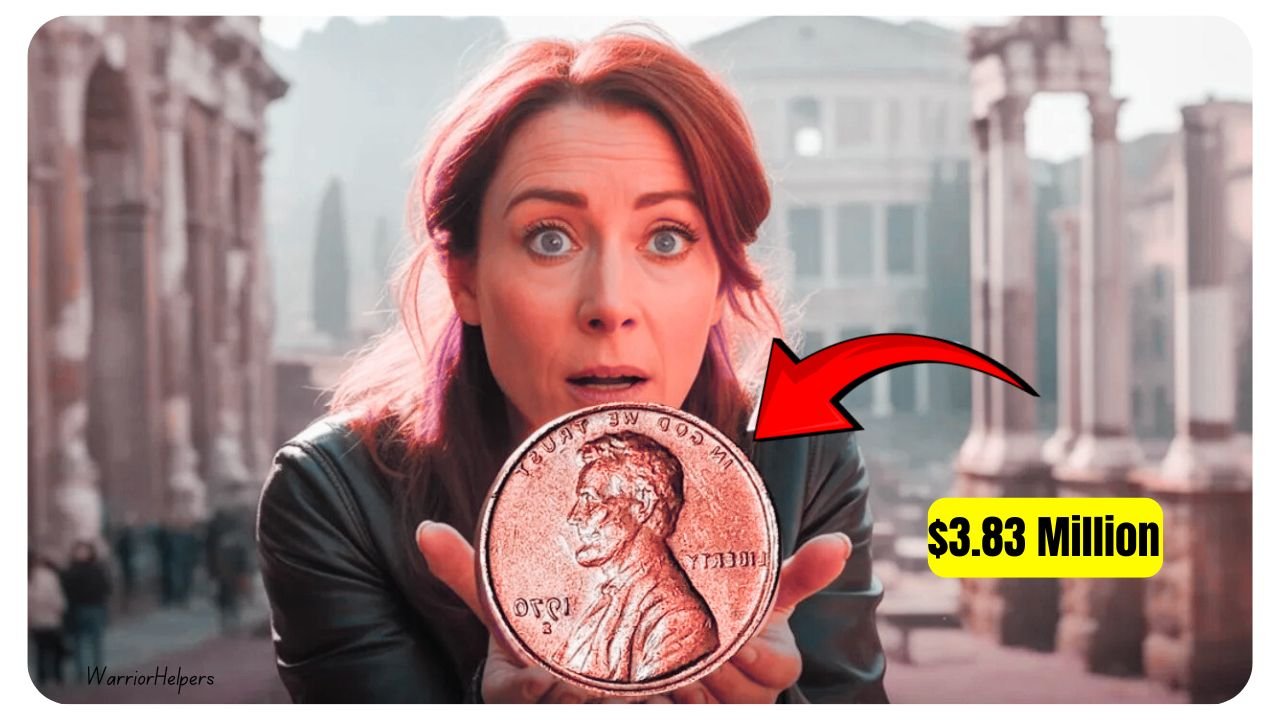Have you ever checked your change for hidden treasures? A rare Lincoln Half Dollar, valued at an astonishing $3.76 million, might be hiding in your wallet, coin jar, or even loose change from a gas station. This coin, a numismatic gem, has collectors buzzing with excitement. Experts say it could still be in circulation, waiting to be found by someone with a sharp eye. Here’s the scoop on this incredible coin, its history, and how you can spot one.
A Coin with a Mysterious Past
The Lincoln Half Dollar isn’t your everyday coin. Unlike the well-known Lincoln Wheat Penny, this half dollar is believed to be an experimental strike or minting error, possibly created when a Lincoln cent design was mistakenly pressed onto a half-dollar planchet. Only a handful of these coins are thought to exist, making them incredibly rare. Their value comes from their scarcity, historical significance, and the mystery surrounding their creation. Some experts suggest they were test pieces from the U.S. Mint, never meant for public circulation, which adds to their allure.
Why Is It Worth So Much?
The $3.76 million price tag isn’t just hype. This coin’s value stems from its rarity and condition. Most coins in circulation get worn out, but a Lincoln Half Dollar in near-mint condition could fetch a fortune at auction. For example, a 1964-D Kennedy Half Dollar with a doubled die obverse recently sold for $1.9 million, showing how mint errors drive up value. The Lincoln Half Dollar’s unique design and limited numbers make it a collector’s dream. If you find one, it could be a life-changing discovery.
How to Spot the Rare Coin
Think you might have one? Here’s what to look for. The Lincoln Half Dollar features Abraham Lincoln’s portrait on the front, similar to the penny, but on a larger, 50-cent coin. Check the date and mint mark (D for Denver, S for San Francisco, or no mark for Philadelphia). Look for signs of a minting error, like unusual clarity or mismatched designs. A magnifying glass can help you spot details like sharp edges or doubled lettering. If it’s magnetic, it’s not the real deal—authentic ones are likely silver or copper-based.
|
Feature |
Details to Check |
|---|---|
|
Design |
Lincoln portrait on a half-dollar coin |
|
Mint Mark |
D, S, or none (Philadelphia) |
|
Material |
Non-magnetic (likely silver or copper) |
|
Condition |
Sharp details, minimal wear, possible doubled die |
Where Could It Be Hiding?
These coins could be anywhere—your change from a coffee shop, an old piggy bank, or a family coin collection. Stories of rare finds are real: in 2024, a Texas woman found a valuable coin in a gas station change tray, later selling it for $1.5 million. Check coin rolls from banks, flea markets, or inherited collections. Older generations sometimes spend rare coins without knowing their worth, so don’t overlook that jar of “junk” change at grandma’s house.
What to Do If You Find One
Found a coin that looks promising? Don’t clean it—cleaning can ruin its value. Take it to a professional coin grader, like the Professional Coin Grading Service (PCGS), for authentication. They’ll check its condition and confirm if it’s the real deal. If it’s genuine, you could be looking at a massive payday. Auction houses are eager for rare finds like this, and collectors are willing to pay top dollar. Even if it’s not the $3.83$3.83 Million Lincoln Half Dollar Found in Circulation — Are You Holding One$3.83 Million Lincoln Half Dollar Found in Circulation — Are You Holding One million coin, other Lincoln Half Dollars can still be worth thousands.
So, next time you get change, take a second look. That half dollar might not just be 50 cents—it could be your ticket to millions. Keep your eyes peeled, and you might just stumble across a piece of history that changes your life.
